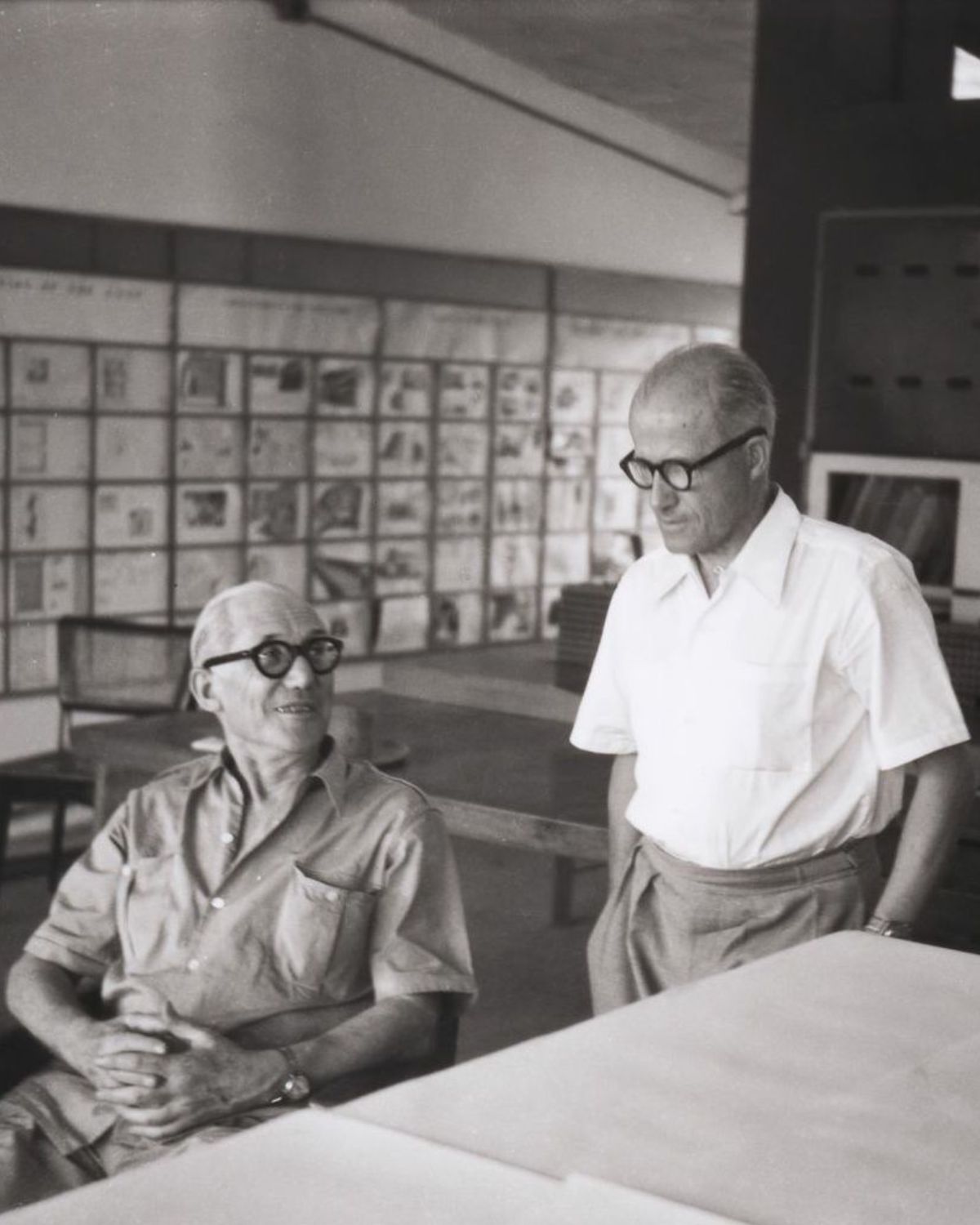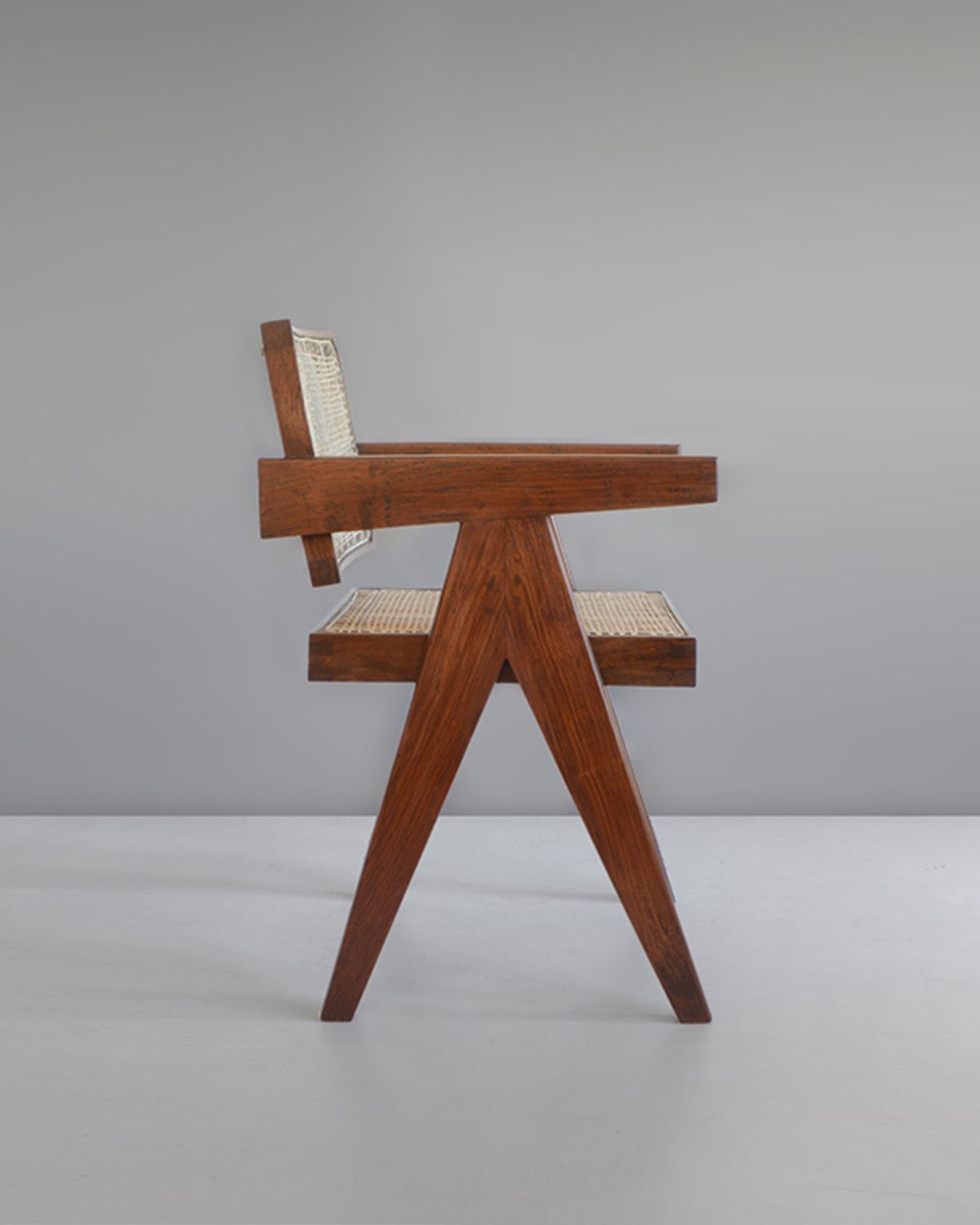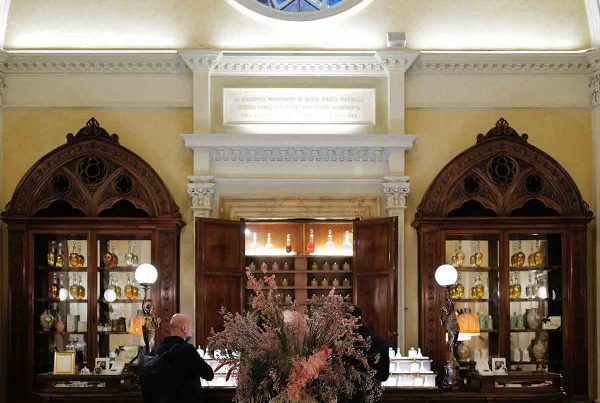Born from a unique combination of necessity and visionary urban planning, Pierre Jeanneret’s Chandigarh Chair continues to be a coveted piece in the world of modern furniture design. These chairs were part of a grand project: the creation of Chandigarh, the first planned city of post-independence India, which emerged as the new capital for the state of Punjab in the mid-20th century.
Commissioned by Jeanneret’s cousin, the renowned Swiss-French architect Le Corbusier, the Chandigarh Chair was conceived as a piece of the larger utopian vision for the city. Using locally sourced materials, Jeanneret designed the chair with the city’s hot climate in mind. The chair’s design is simple yet elegant, its teak and cane construction provides both comfort and breathability.
( left to right on web, top to down on mobile )
Photo 1: Le Corbusier and Pierre Jeanneret
Photo 2: Pierre Jeanneret’s Chandigarh Chair. Courtesy of P! GALERIE.
However, the Chandigarh Chair is more than just a product of its time and place. The use of rattan – a sustainable, fast-growing palm – also connects the chair to contemporary concerns about ecological responsibility. Rattan is strong and durable, yet lightweight and flexible, making it an ideal material for furniture design. Its fast growth rate and ability to grow in degraded soils also make it a more sustainable choice compared to slow-growing timber.
Yet, perhaps the most compelling aspect of the Chandigarh Chair is its fusion of form and function. With its clean lines, geometric design, and natural materials, the chair embodies a minimalist aesthetic that remains strikingly modern over six decades later. Its distinctive V-shaped legs, an homage to the architectural forms of Chandigarh’s government buildings, add an element of design intrigue, making the chair not just a functional piece of furniture, but also a work of art.
WORDS ABHISHEK SINGH




